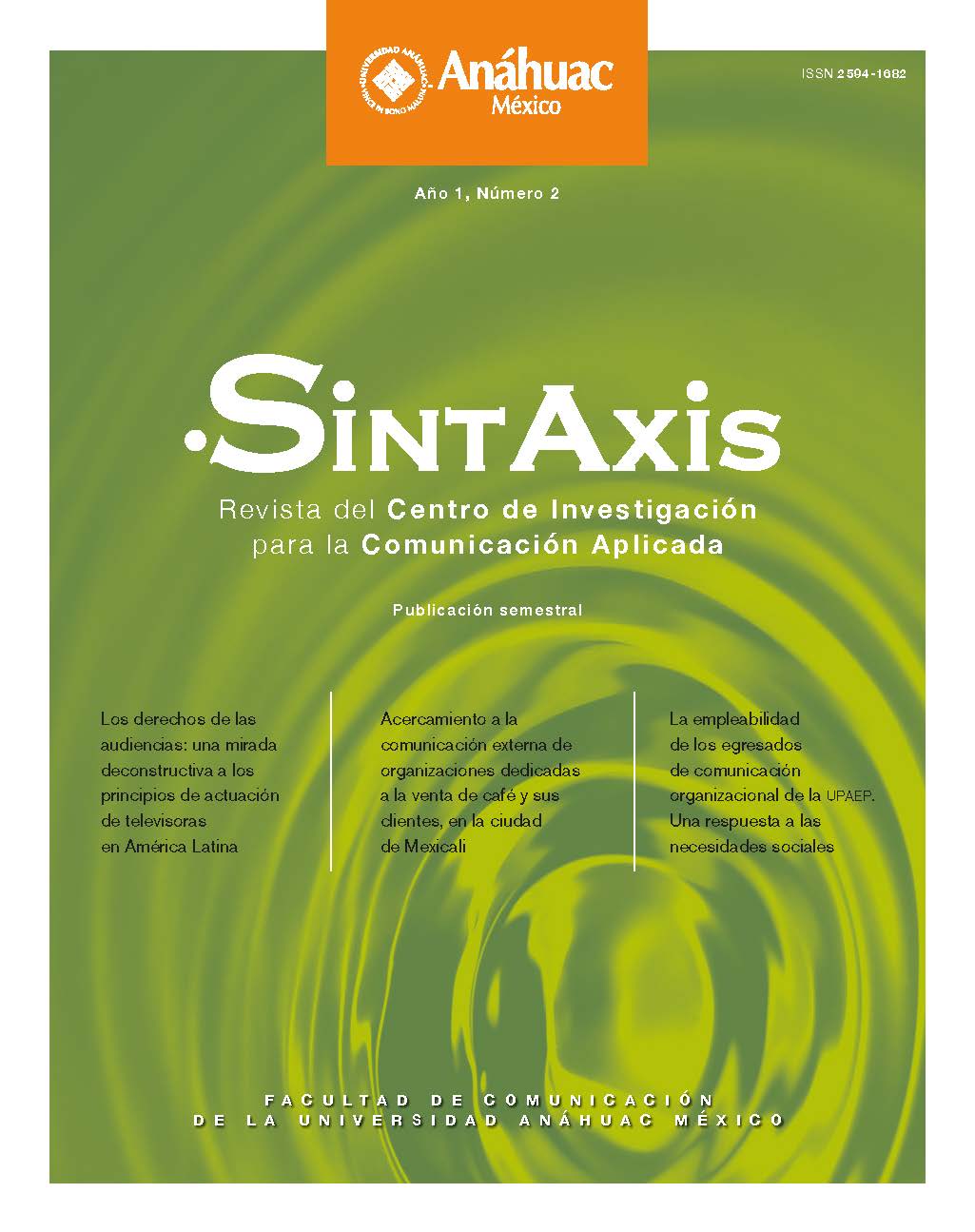Representations and categories of violence in the cinema; a historical and contextual journey
Main Article Content
Abstract
The article approaches violence as a central element in 20th and 21 st century cinema, determined historically by social conditions. We work on the forms of social representation, following the relationship of the subjects with themselves and nature. This relationship is observed critically, as a social construction and discursive practice, given the importance of cinema and its implications with violence; it is recognized that the ingredient of violence in cinematographic art has manifested itself in multiple forms and throughout history.
In the same way, some of the different edges present in the different plots that over more than one hundred years of the cinematographic art working on productions from different parts of the world are systematized. It stops to problematize with cinematographic examples of varied cinematographies, how the ingredient of violence of very diverse degrees, forms, nuances and levels is omnipresent in the cinematographic fact. Cinema without violence is more exception than rule. Which is not a minor issue, given the social and ethical impact of the various films in the social reality. Therefore, the chapter is restricted and limited to analyzing four specific categories: a) Action / violence seen as a cinematographic genre, particularly the recent evolution of war movies, in the last two decades and its reminiscences and various treatments and manifestations in cinematographies mainly German and North American. We are interested in seeing the treatment of violence in cinema after the fall to the Berlin Wall; b) Domestic violence in the cinema, especially since the nineties of the last century and with the international breakthrough of human rights (children, women’s rights, healthy environment, etc.) the analysis focuses on Spanish films , English and North American, also of the last twenty years; c) Social institutions and violence, examples in the cinema and violence in prisons, hospitals and schools and; d) violence over natural resources: violence as a reason for accumulation and not for sustainability in environmental documentaries. Progress is made in some final reflections that integrate the six issues discussed.
Downloads
PLUMX Metrics
Article Details
The author keeps the property rights with no restriction whatsoever and guarantees the magazine the right to be the first publication of the work. The author is free to deposit the published version in any other medium, such as an institutional archive or on his own website.
References
Berger, P., & Luckmann, T. (1998). La construcción social de la realidad. Buenos Aires, Argentina: Amorrortu.
Careaga, G. (1981). Erotismo, violencia y política en el cine. México: Cuadernos de Joaquín Mortiz.
García Márquez, G. (1986). El cataclismo de Damocles. Bogotá, Colombia: Oveja Negra.
Goffman, E. (1998). Internados. Buenos Aires, Argentina: Amorrortu.
Jiménez, F. (2012). Conocer para comprender la violencia: origen, causas y realidad. México: uaem. Revista Convergencia, 19(58).
Meixueiro, A., & Ramirez, T. (Coord.) (1998). La vida es mejor que la escuela. México: Sociedad Cooperativa Taller Abierto.
Meixueiro, A., & Ramírez, T. (2000). Maestra vida. México: Sociedad Cooperativa Taller Abierto, Centro de Estudios Superiores en Educación, Universidad Pedagógica Nacional.
Mexueiro, A., & Ramírez, T. (2003). Globalización, cine y educación. México: Sociedad Cooperativa Taller Abierto.
Meixueiro, A., & Ramírez, T. (2012). Mentes peligrosas. Sujetos, miradas y contenidos de educación en películas del siglo xxi. México: Caminos Abiertos.
Moscovici, S. (1981). On social representation. En J. P. Forgas (Comp.). Social cognition. Perspectives in everyday life. Academic Press. Londres: Academic Press.
Ramírez, T. (2009). Manual de Cine y ética para el siglo XXI. Estos ojos y esta palabra también son míos. México: Universidad Anáhuac, Cineteca Nacional, Universidad Pedagógica 095 y Universidad de la Sustentabilidad.
Ramírez, T., & Meixueiro, A. (2015). Cine y educación ambiental. México: Universidad Pedagógica Nacional, Zonámbula, Pálido.deluz.
Ramírez, T., & Meixueiro, A. (2019). Cine, sustentabilidad y educación ambiental. Las articulaciones posibles. México: Universidad Pedagógica Nacional, Zonámbula, Pálido.deluz.
Reigota, M. (2002). Meio Ambiente e Representação Social. São Paulo: Cortez Editora.
Sivard, R. (2010). El planeta en la encrucijada: gastos militares, sociales y crisis ecológica. Barcelona, España: CIP/ICARIA.
Solorzano, F. (2019). Misterios de la sala obscura. Ensayos sobre el cine y su tiempo. México: Taurus.

